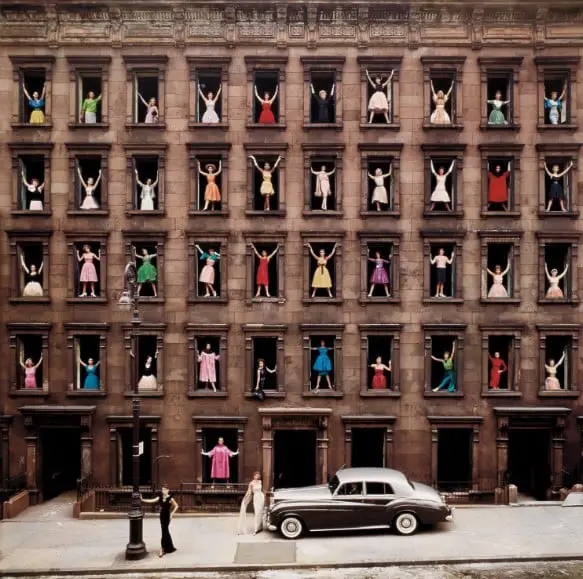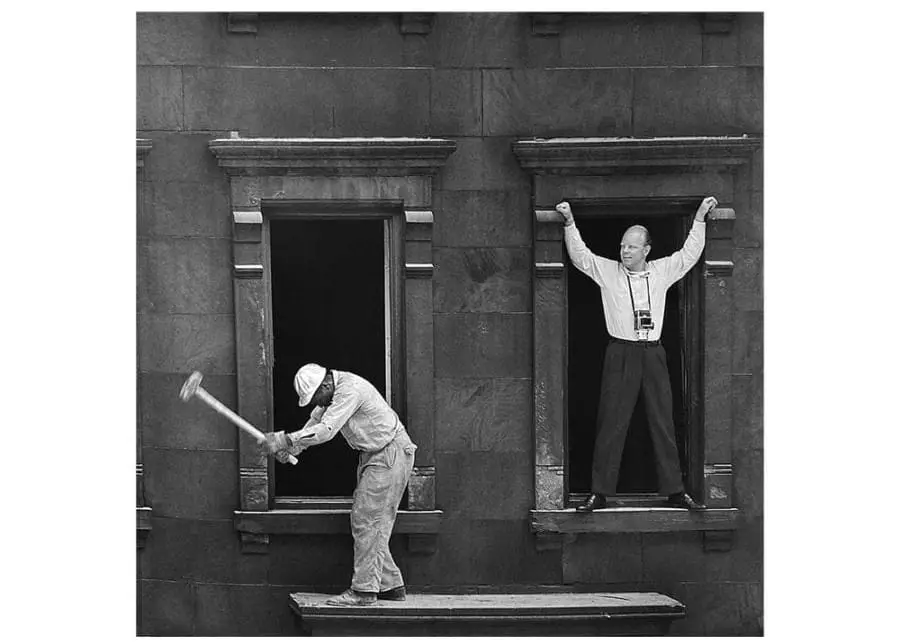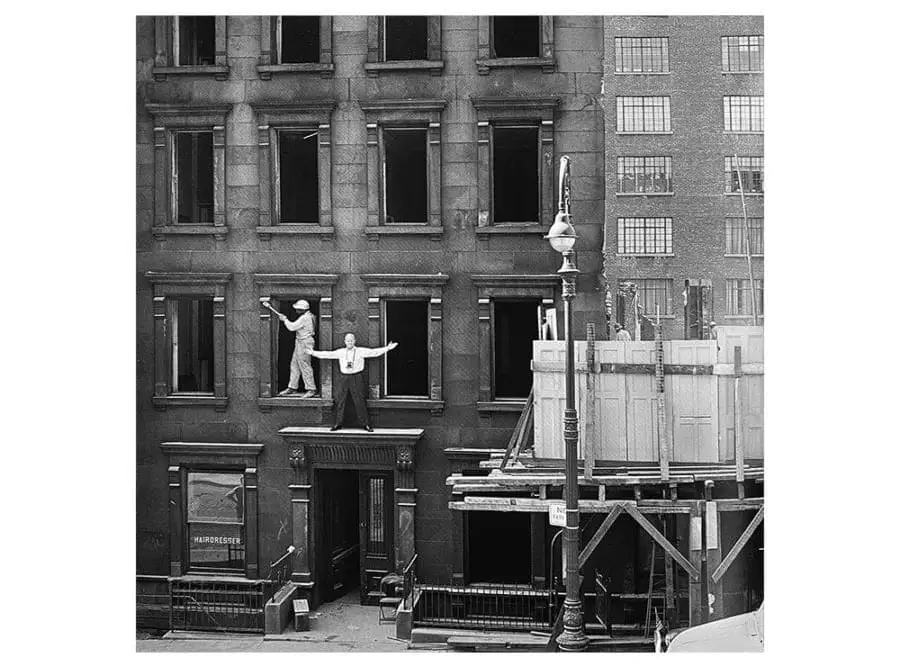With a career spanning 40 years, the renowned photojournalist Ormond Gigli captured numerous remarkable photographs, but one stands out above all the rest.
“Girls in the Windows,” conceived without any specific assignment, has become his most iconic work.
This photograph is celebrated as a masterpiece of 1960s fashion photography and is admired across various genres for its timeless appeal.
It effortlessly blends fashion and fantasy, captivating viewers with its freshness, spontaneity, and distinctiveness.
Gigli’s Daydreaming

In 1960, Ormond Gigli, a young photographer, had a sparse studio in New York City on East 68th St. From his window, he often gazed at a derelict Beaux Arts building, abandoned and empty.
This sight ingrained itself in his mind, sparking a dream, “What if there were beautiful Women in all of the Windows?”
With his desire to immortalize the beauty of the neighborhood he cherished before it faded into memory, Gigli embarked on a mission to capture the essence of the architecture and the spirit of the community.
He set out to create the perfect image, a tribute to the place he held dear with determination and passion.
The Making of the Image
When Ormond Gigli got word that the old building he admired was about to be torn down, he faced a dilemma. He had money to hire professional models or a budget for his unsponsored project so he had to get resourceful.
He convinced the building’s foreman to set aside a two-hour slot for his photo shoot and clear out the window jams.

Next, he connected to a modeling agency he’d collaborated with before to seek volunteers for his ambitious photo idea.
He asked the models to show up during the lunch hour, dressed however they wanted.
Because the building lacked electricity and gas that left a hole in the sidewalk. Gigli didn’t hesitate to ask the city for a favor. He requested permission to park a Rolls Royce on the sidewalk for the duration of the shoot.
With everything in place, Gigli meticulously arranged the models, including his wife, into the building’s 30 windows. Some bravely perched on the window ledges while others posed inside the frames. To add depth to the scene, he positioned three more models, two on the street and one on the ground floor.
In the end, Ormond Gigli managed to gather a stunning ensemble of 43 women, each dressed in their best attire. What made this gathering truly remarkable was the diversity among the women – no two figures looked exactly alike.
Their varied postures and outfits hinted at the unique personalities they embodied beyond the confines of the photograph.
Perched from the fire escape of his studio, Gigli had a bird’s-eye view of the action happening across five floors of the building.
As he captured the scene, something surreal emerged – the living, breathing women seemed to transform into brightly colored figurines in a dollhouse, frozen in time.

The richness of the photograph lies in its versatility. Viewers can appreciate it as a whole, from the rhythmic composition of color, form created by the pattern of windows to human figures, and vibrant dresses.
They can explore each woman’s individual presence and imagine the unique stories they might tell. In either interpretation, Gigli’s masterpiece offers a captivating glimpse into a moment frozen in time, inviting viewers to lose themselves in its beauty and intrigue.
In an interview with Time magazine, Ormond revealed, “We had to work quickly to secure City permissions, arrange for models which included celebrities, the demolition supervisior’s wife (third floor, third from left), my own wife (second floor, far right), and also secure the Rolls Royce to be parked on the sidewalk.
Careful planning was a necessity as the photography had to be accomplished during the workers’ lunch time!”
Final Thoughts
Over the years, “The Girls in the Windows” photograph has been exhibited in various sizes, captivating collectors and leaving them in awe.
While experts can talk about its features like its structured composition, vibrant colors, and the allure of the women in the windows, the true magic of this image defies easy explanation.
This iconic photograph has transcended time and become a symbol of artistry and joy. Just as Ormond Gigli felt a profound connection to the models and location when he captured the image, viewers today feel a similar connection to the spirit and freedom it embodies.
Despite Gigli’s passing, “The Girls in the Windows” continues to live on, possessing a life of its own and touching the hearts of all who encounter it.


